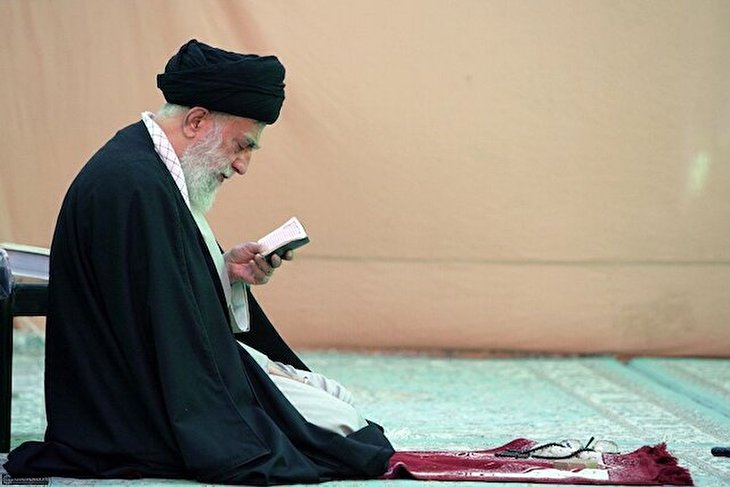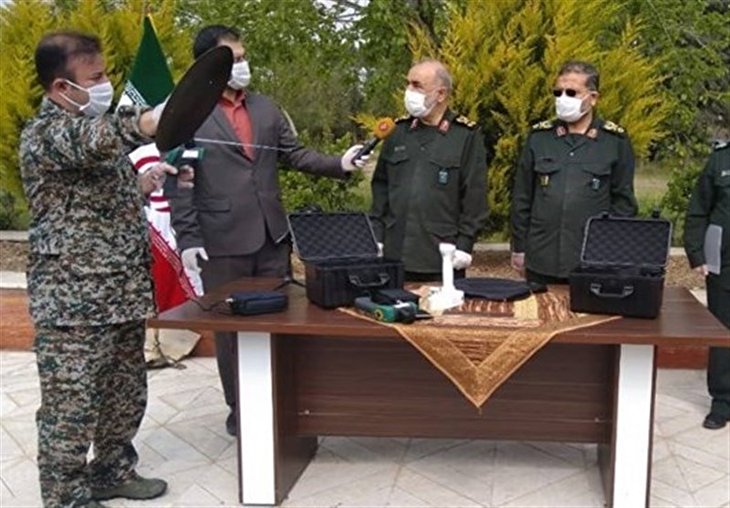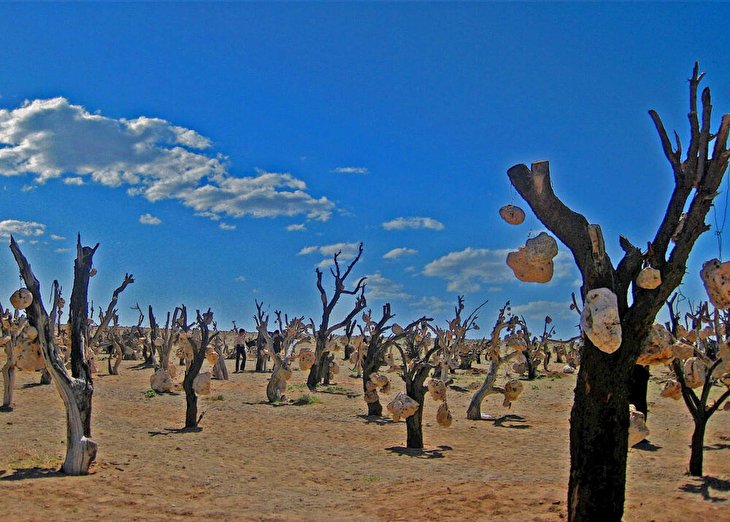
Susa, a top destination for history buffs

The UNESCO-registered Susa, which is situated in the southwest of modern Iran, is one such destination for good reason. It was one of the city-states of ancient Elam (2700 – 539 BC), which later became a winter capital of the Persian Achaemenid kings, who ruled Iran from c. 550 to 330 BC. Elam was an ancient country in southwestern Iran approximately equivalent to the modern region of Khuzestan province.
Part of Susa is still inhabited as Shush on a strip of land between the rivers Shaour (a tributary of the Karkheh) and Dez.
Archaeological evidence suggests that Susa has been continuously inhabited from 4,200 BC placing it among the oldest continuously inhabited cities in the world. In addition, there are traces at Susa of a village inhabited around 7,000 BC and painted pottery dating from ca. 5,000 BC at the site.
The archaeological site includes the ruins of the Achaemenid palace complex of Darius I, the Great, and is located on a fifteen meter high artificial raised 100-hectare terrace. It has suffered greatly in the past seventy years.
Susa became part of the Persian Empire under Cyrus II, the Great in 538 or 539 BC. During the balance of Achaemenian period (to 330 BC), Susa functioned as one of the rotating capitals (a winter capital) of the Achaemenian Kings.
It is said that Alexander of Macedonia captured Susa in 330 BC and plundered the city, seizing some 40,000 talents of gold and silver from the treasury.
According to UNESCO, “the excavated architectural monuments include administrative, residential, and palatial structures” and the site contains several layers of urban settlement dating from the 5th millennium BC through the 13th century CE.
Relics unearthed from the region demonstrates that even the earliest potteries and ceramics in Susa were of unsurpassed quality, decorated with birds, mountain goats, and other animals designs.
The finest pottery was found in the lowest strata and belonged to two different civilizations, both Neolithic, according to Britannica.
The archaeological site, identified in 1850 by W.K. Loftus, consists of four mounds. One held the citadel and was excavated (1897–1908) by Jacques de Morgan, who uncovered, among other objects, the obelisk of the Akkadian king Manishtusu, the stele of his successor Naram-Sin, and the code of Hammurabi of Babylon. A second mound to the east was the location of the palace of Darius I and was excavated (c. 1881) by Marcel Dieulafoy. A third mound to the south contained the royal Elamite city, while the fourth mound consisted of the poorer houses.
After the fall of the Achaemenid Empire and the reign of Alexander the Great, who married in Susa, the city became part of the Seleucid empire. It was now called Seleucia on the Eulaeus. A palace in Greek style was erected, next to Darius’ palace. The administrative center, however, was in the southern part of the city, where nearly all Greek and Parthian inscriptions were discovered. In the Parthian age, the city minted coins.
During the Sasanian age, the city had a large Christian community. It was sacked by the Sasanian king Shapur II, who transferred the population to Iwan-e Karkheh, but Susa was sufficiently recovered in the early seventh century to fight against the Arabs, who nevertheless captured the city which remained important until the thirteenth century CE.
Different archaeological seasons in Susa have yielded ample relics including pottery, arms, ornamental objects, metalwork, bronze articles, as well as clay tablets. Susa is also a gateway to several worthy destinations such as the UNESCO-tagged ziggurat of Tchogha Zanbil, the ruins of Achaemenid Apadana Castle, Shush Castle (Akropol), Prophet Danial Shrine, Museum of Susa, the archaeological mount of Haft Tapeh.
Source: TehranTimes















